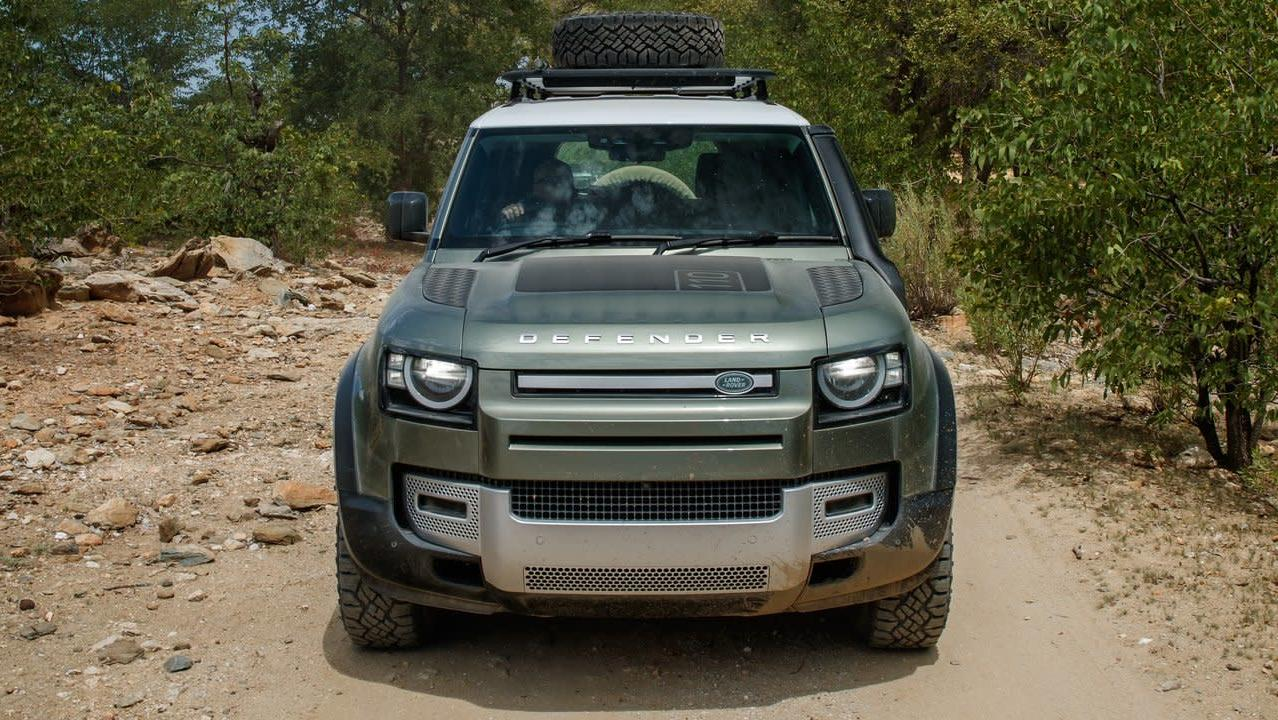Awesome. So what have we learned? Land Rover continues to make the same dumb mistakes every single time they produce a vehicle. Why does a new vehicle with delivery miles need a compressor replaced? I remember working at JLR Main Line in Philly during college (Circa 2014) when the L405's were still hot items. Our service bay was downstairs and required that you drive down a ramp with two speed bumps. I distinctly recall 10+ early L405's with clunking control arms and the trucks all had very low mileage; I'm pretty sure this later became a TSB. Wasn't this a known issue from the L322 and LR3 by now? Why do the same issues keep popping up on new vehicles? I'm almost CERTAIN my 2020 RR Evoque loaner had bad control arms - sure enough I Google'd and there was a TSB for the control arms. My patience is starting to wear real thin... I'll always love this brand, but it's becoming harder and harder to justify purchasing a new LR. I'm OK with issues if I'm getting a break on the vehicle up front due to depreciation, but it's unacceptable to drop 80k on a New Defender just to hear it needs as much work as my 175k mile LR3.
.....starting to lose patience? How much did you have to begin with?

I am just kidding Soflorovers, but I'm not sure I have the patience to tolerate paying full price for a new one based only on reputation, and I have never worked for them and seen that many problems first hand. Can you teach my kid to drive when the time comes? You must have the patience of a saint!
In truth I think plenty of the New Defenders are probably working just fine, but it does seem like a lot of teething pains. If they are still here in 2022 it's a much bigger problem, but at least thanks to discussions like this one buyers know exactly what they are getting for $80k. Some folks spend $500 for pants with holes pre-made in them after all so not everyone needs things to be perfect!
I'd put my family in a 2020 anything over a 2005 anything, assuming similar vehicles from said era. Unfortunately, with folks paying less and less attention to driving, this is especially critical lately (and can seen by highway fatality statistics).
This is a fact. I run a risk management company and we've been spending the last year or so researching risk mitigation for everyday people. Our research shows that one of the best ways you can mitigate your risk level is to own a vehicle newer than 2012 in the US; at that time electronic stability control became mandatory for vehicles, and you'll also have minimum standards in other areas like airbags etc. that were required by regulation before that date. Newer cars are almost universally safer than old ones.
That being said, the star ratings are still worth paying attention to -- TFL had a good video dissecting the Jeep Wrangler's crash testing and frankly, I love my Wranglers, but on a safety basis they are not nearly as good as....well, almost anything else you can buy new today.
For Overlanders in particular, we spend a lot of time and money doing modifications to vehicles and bringing equipment "just in case" something happens in the backcountry and leaves us stranded. There are threads and YouTube videos all over the place talking about the importance of a 'bug out bag' in your overland vehicle, how dual batteries is necessary because if one battery fails you'll starve to death, or how if you don't have a HAM license you'll end up stuck in a bog for some explorer to find your skeleton 50 years from now. These are all good ideas of course and do mitigate particular risks, but most people are thousands of times more likely to get into a wreck on our way to the remote places -- usually within a few miles of home, actually -- than we are to get stuck in those remote places in a truly serious way. It's a bit boring to talk about safety ratings so you don't see much discussion about it, but it's arguable one of the most important dimensions of a vehicle purchase, regardless of what the use case is.

